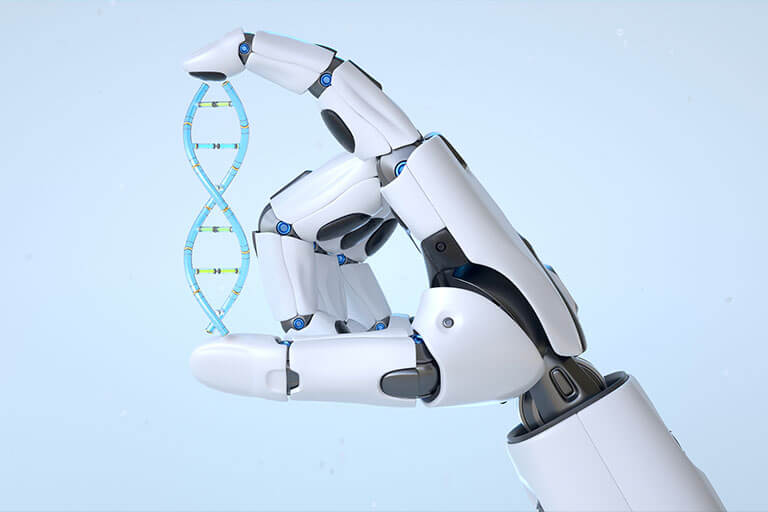A new artificial intelligence tool provides unprecedented clarity in interpreting medical images, potentially enabling busy clinicians to prioritize critical aspects of disease diagnosis and image analysis.
The iStar (Inferring Super-Resolution Tissue Architecture) tool, developed by researchers at the Perelman School of Medicine at the University of Pennsylvania, aims to assist clinicians in diagnosing and treating cancers that may be overlooked otherwise.
This imaging technique offers detailed views of individual cells as well as a comprehensive understanding of gene operations, enabling the detection of cancer cells that might otherwise be undetectable. It can assess the adequacy of cancer surgeries’ safety margins and automatically annotate microscopic images, facilitating molecular disease diagnosis.
A paper detailing the method, led by Daiwei “David” Zhang, PhD, a research associate, and Mingyao Li, PhD, a professor of Biostatistics and Digital Pathology, was released in Nature Biotechnology.
Li highlighted that iStar possesses the capability to automatically identify crucial anti-tumor immune formations known as “tertiary lymphoid structures.” These structures correlate with a patient’s probable survival and positive response to immunotherapy, a treatment often administered for cancer requiring precise patient selection. Therefore, Li explained, iStar could serve as a potent tool in identifying patients who would derive the greatest benefit from immunotherapy.
The development of iStar was pursued within the realm of spatial transcriptomics, a relatively new field employed to chart gene activities within tissue spaces. Li and her team adapted the Hierarchical Vision Transformer, a machine learning tool, by training it with conventional tissue images. The process begins by dissecting images into various stages, initially focusing on fine details before progressing to discern broader tissue patterns.
A network within iStar, guided by the AI system, utilizes data from the Hierarchical Vision Transformer to absorb and apply this information to predict gene activities, often achieving near-single-cell resolution.
To assess the tool’s effectiveness, Li and her team assessed iStar on various cancer tissues, such as breast, prostate, kidney, and colorectal cancers, alongside healthy tissues.
During these evaluations, iStar successfully detected tumor and cancer cells that were challenging to identify visually. In the future, clinicians may utilize iStar as an adjunctive tool to identify and diagnose difficult-to-detect or challenging-to-identify cancers, thereby enhancing diagnostic capabilities.
In addition to its clinical potential, the iStar technique operates at remarkable speed compared to similar AI tools. For instance, when tasked with analyzing the breast cancer dataset utilized by the team, iStar completed its analysis in just nine minutes. In contrast, the leading competitor AI tool required over 32 hours to perform a comparable analysis. This signifies that iStar was 213 times faster.
Li pointed out that iStar’s applicability to numerous samples is crucial for large-scale biomedical studies. Additionally, its rapid processing speed is significant for current extensions in 3D and biobank sample prediction. In the 3D context, iStar’s speed enables the reconstruction of extensive spatial data from tissue blocks containing hundreds to thousands of serially cut tissue slices in a short timeframe.
Likewise, biobanks, housing thousands to millions of samples, benefit from iStar’s efficiency. Li and her team are directing their research efforts toward extending iStar’s capabilities in this area. They aspire to assist researchers in gaining deeper insights into tissue microenvironments, offering valuable data for future diagnostic and treatment endeavors.













